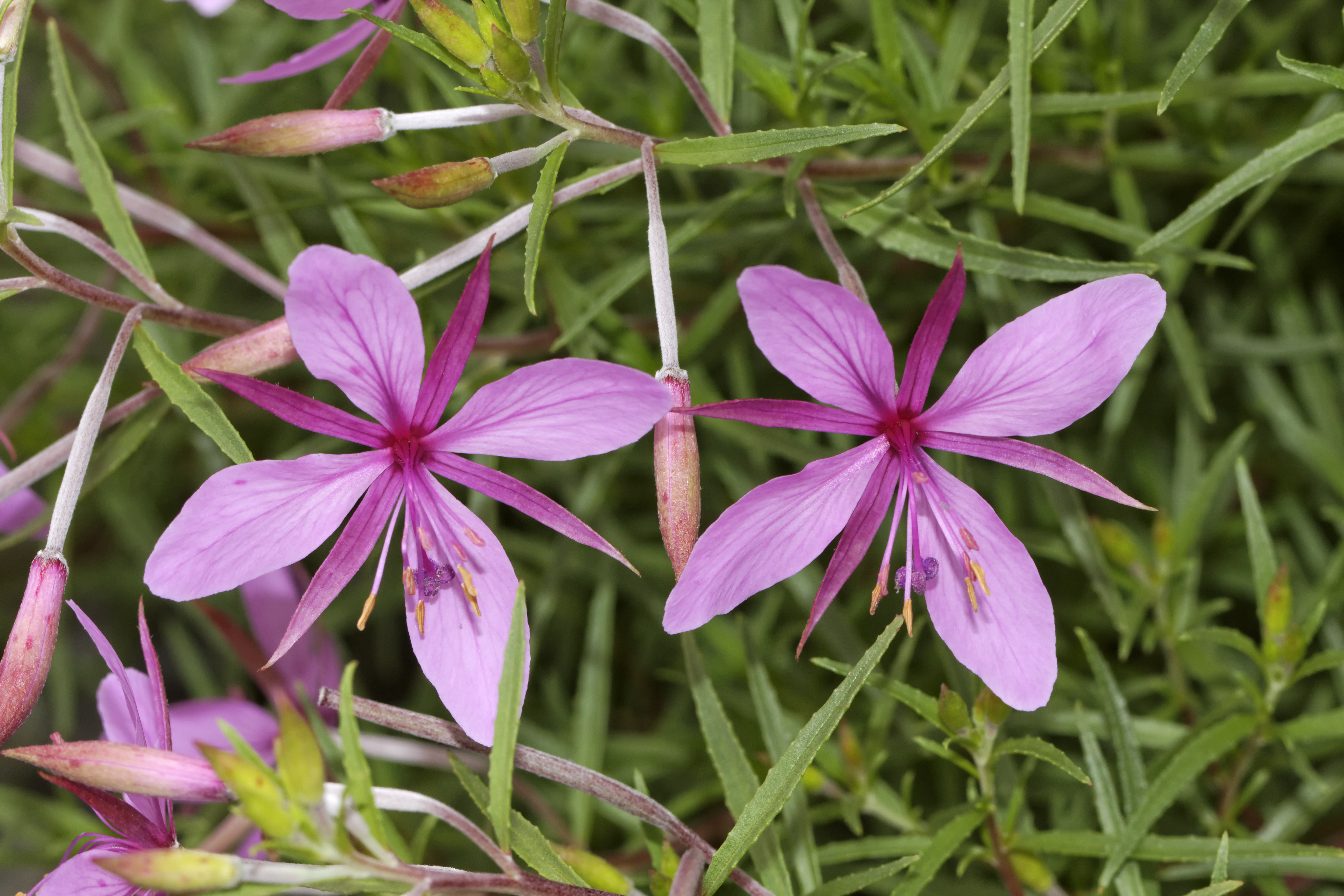Fleischer's willowherb
(Epilobium fleischeri)

Description
Epilobium fleischeri is a plant species belonging to the family Onagraceae. It is commonly known as Fleischer's willowherb and is native to the mountainous regions of East Asia, including China, Japan, and Korea. This species of willowherb is a perennial herb that grows up to a height of 80cm. Taxonomy and Etymology The genus name Epilobium comes from the Greek words epi meaning "upon" and lobos meaning "a pod," referring to the way the seed pods are attached to the plant. The specific epithet, fleischeri, is named after Friedrich August Fleischer, a German botanist who collected plant specimens from East Asia in the late 1800s. Description Epilobium fleischeri is a herbaceous perennial plant that grows up to a height of 80cm. The stem of the plant is green, slender, and often branching. The leaves are lanceolate and up to 10cm long, with a serrated margin. The flowers are pink or purple, and they bloom from July to August. The flowers are borne in a terminal inflorescence, which is a cluster of flowers arranged on a stem. The flower of Epilobium fleischeri is about 1-2 cm in diameter, with four petals and four sepals. The petals are obovate and slightly notched at the tip, while the sepals are linear and green. The stamens are numerous and arranged in a spiral. The pistil is elongated and has a four-parted stigma. Distribution and Habitat Epilobium fleischeri is native to East Asia, specifically China, Japan, and Korea. It is found in the mountainous regions of these countries, growing in open forests, on rocky slopes, and in meadows. It prefers well-drained soils and can tolerate a range of soil types, including sandy, loamy, and clayey soils. The plant is also tolerant of both acidic and alkaline soils. Cultivation Epilobium fleischeri is an attractive plant that is suitable for cultivation in gardens. It can be propagated by seed or by dividing the clumps of the rootstock in spring or autumn. The plant prefers a sunny or partially shaded location with well-drained soil. It requires regular watering during the growing season and benefits from a layer of mulch around the base of the plant to conserve moisture. Uses Epilobium fleischeri has been used in traditional Chinese medicine for its medicinal properties. The plant is rich in flavonoids, phenolic acids, and other compounds that have antioxidant and anti-inflammatory properties. The roots and leaves of the plant are used to treat a range of ailments, including diarrhea, dysentery, and fever. In addition to its medicinal properties, Epilobium fleischeri is also a popular ornamental plant. Its attractive pink or purple flowers and lanceolate leaves make it a desirable addition to gardens and landscapes. The plant is also used in the production of herbal teas and infusions. Conclusion Epilobium fleischeri is a beautiful and useful plant that has many applications in traditional medicine and horticulture. Its attractive flowers and leaves make it a desirable addition to gardens and landscapes, while its medicinal properties make it a valuable herb in traditional Chinese medicine. As an expert in the field of plant science, I recommend Epilobium fleischeri as an excellent plant for anyone interested in horticulture or traditional medicine.
Taxonomic tree:







